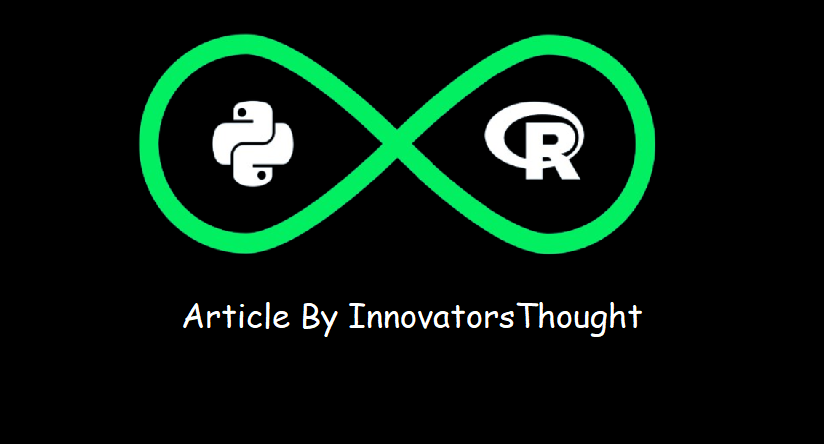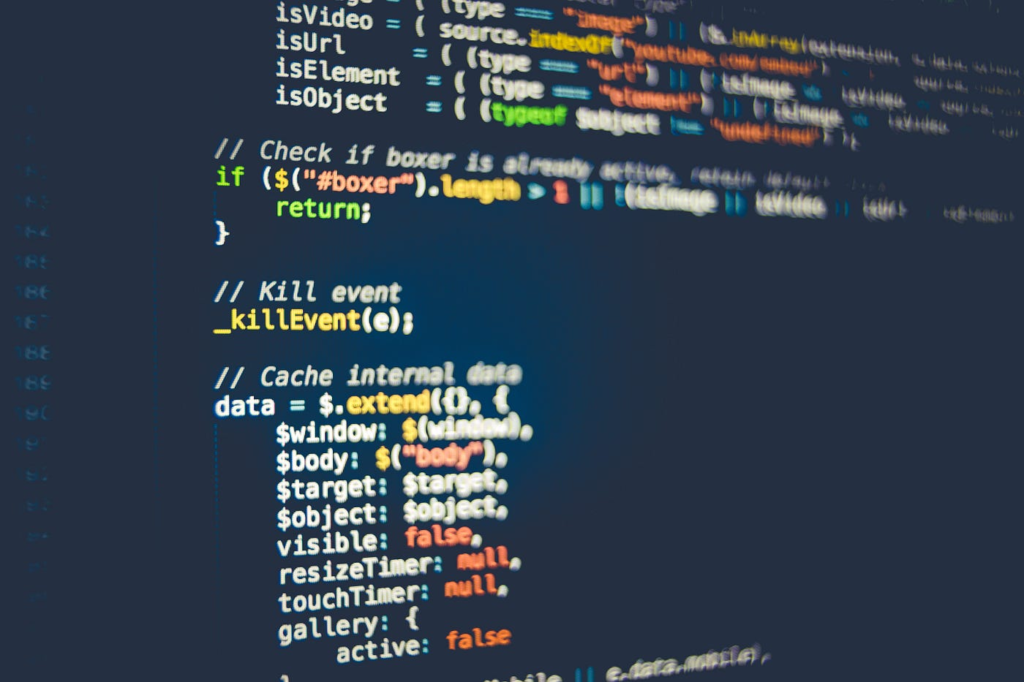Python vs R Language: Which is Language Best for Data Science?

Introduction
In the world of data science, Python and R stand out as two of the most popular programming languages. Both are powerful tools with their strengths and weaknesses, making it crucial for aspiring data scientists to understand the differences between them. In this blog post, we’ll explore the key aspects of Python and R, helping you make an informed decision about which language to learn and use for your data science projects.
Python’s Flexibility

Python is renowned for its simplicity and versatility, making it a favorite among beginners and seasoned professionals alike. With its easy-to-read syntax and vast ecosystem of libraries.
Python offers a wide range of applications beyond data science, including web development, automation, and artificial intelligence.
Key Features of Python
- Python’s syntax is straightforward to understand, making it accessible to beginners.
- Similarly, Python has a collection of libraries such as Pandas, NumPy, and Matplotlib, which are essential for data manipulation, analysis, and visualization.
- Python’s scalability allows for seamless integration with big data frameworks like Apache Spark.
R: The Statistical Specialist

Therefore R, on the other hand, is specifically designed for statistical analysis and data visualization. Developed by statisticians.
R excels in handling complex statistical operations and producing high-quality visualizations, making it a preferred choice for researchers and academic institutions.
Key Features of R
- R provides a good feature of statistical functions and packages, making it ideal for advanced statistical analysis and modeling.
- R offers powerful visualization capabilities through packages like ggplot2, allowing users to create professional-quality plots and charts with ease.
Python vs R: Which One Should You Choose?
Choosing between Python and R ultimately depends on your specific needs and preferences.
If you prioritize versatility, ease of use, and a broad range of applications.
Python may be the better choice for you. On the other hand in Python vs R, if your focus is on statistical analysis, data visualization, and academic research, R could be the more suitable option.
Conclusion
In addition In the rapidly evolving field of data science, both Python and R offer unique advantages and capabilities. By understanding the strengths and weaknesses of each language, you can make an informed decision that aligns with your goals and aspirations in the world of data science. However, Whether you choose Python, R, or both, mastering these languages will undoubtedly enhance your skills and open up exciting opportunities in the field.







